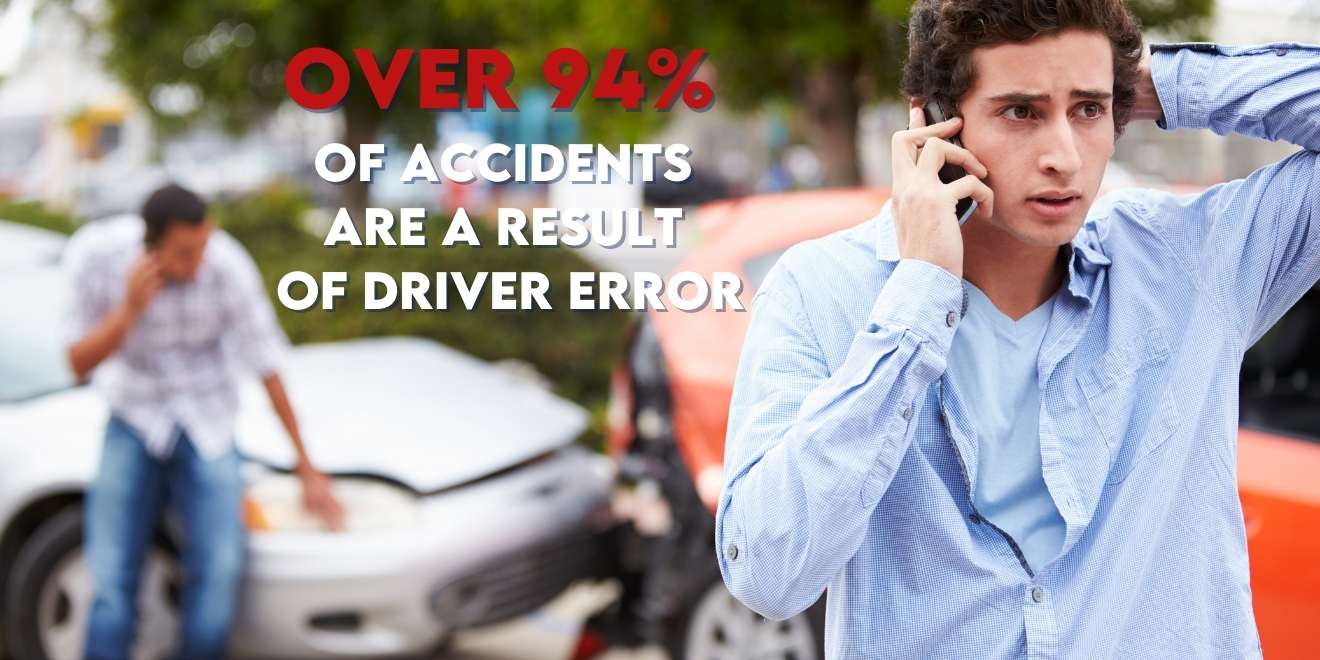School zone safety
Even if you don’t have kids in school or a job in education, everyone with a vehicle is affected by school zone traffic. School will be back in session soon and with the tail end of Covid-19, we can expect that many students will still be opting for more single ride options such as taxi-mom, uber, taxis and possibly in higher grades, bicycling or driving themselves to school. We can expect more traffic on the roads this September. School zones will be busy and and everyone needs to follow the rules of the road and your neighbourhood schools traffic plan. But it is just not drivers that need to pay attention, pedestrians and cyclists also need to be mindful of the rules of the road.
Typically school zones have a maximum speed zone of 30 kph on school days between 8 a.m. and 5 p.m.
Pedestrians
- Think, look and listen – cars have a lot going on, and it is not always easy to spot a pedestrian, especially on rainy, cloudy days.
- Don’t step in front of a car even if you have the right-of-way. Realistically estimate the speed of a car – it may look far away, but cars can’t stop on a dime, especially if the driver is going above the speed limit. Make sure you have eye contact with the driver.
- Take turns – if you’re at a busy, uncontrolled crosswalk or intersection, please let the cars cross every now and again.
- When the white walk crossing signal turns to red flashing hand at controlled intersections – STOP! This means it’s not okay to start crossing. This also gives drivers time to turn right or left without running a red light.
- Do not assume a green light means you can cross. In Vancouver the white walk light is often delayed at intersections in order to let cars turn right. This is usually accompanied by an advance green right arrow for the driver.
A solid hand signal lit up means the crosswalk should be unoccupied. Don’t step off the curb – this is unexpected for a law-abiding driver!
Follow and obey any crossing guards in school zones or at heavy traffic intersections.
Drivers
Drivers have the utmost responsibility to be engaged and present when driving. A cars become more and more automated it is easy to be distracted. New studies show that voice to text is even more distracting than typing texts.

According to Safekidscanada.ca, a pedestrian struck by a car traveling at 50 km/hr is eight times more likely to be killed than a pedestrian struck at 30 km/hr.
- The number one safety strategy a driver can employ is to maintain the speed limit.
- Be familiar with the traffic plans of any schools in your neighbourhood. These are usually posted on the school website.
- Do NOT back up or do a u-turn in a school zone. School traffic plans are designed to have traffic flow safely.
- Obey the crossing guards. Pedestrians, cyclists and drivers need to follow the instructions of a school crossing guard.
- Hands free is not risk free. Avoid using your smartphone while operating a vehicle.
- Don’t jump the crossing signals. Let pedestrians cross while the white crossing signal is displayed.
- If you are on a street which has two parallel lanes and a car is stopped, slow down to ensure you don’t hit the pedestrian who may be crossing in front of the other car.
- Kids are unpredictable so SLOW down in school and park zones.
- Stop far away from school busses and do not ever pass a school bus.
- Over 94% of accidents are a result of driver error (National Safety Council)
- If you have to walk a young child to the door, park several blocks away to help ease congestion.
School drop-off and pick-up times result in traffic congestion and it is common to see unsafe driver behaviour. These unsafe conditions can put children at risk, especially considering that young children may not always be aware of or cautious about their surroundings.
Resources
Elementary Road Safety Kit




Reliance Insurance proudly serves
Burnaby and the Vancouver area